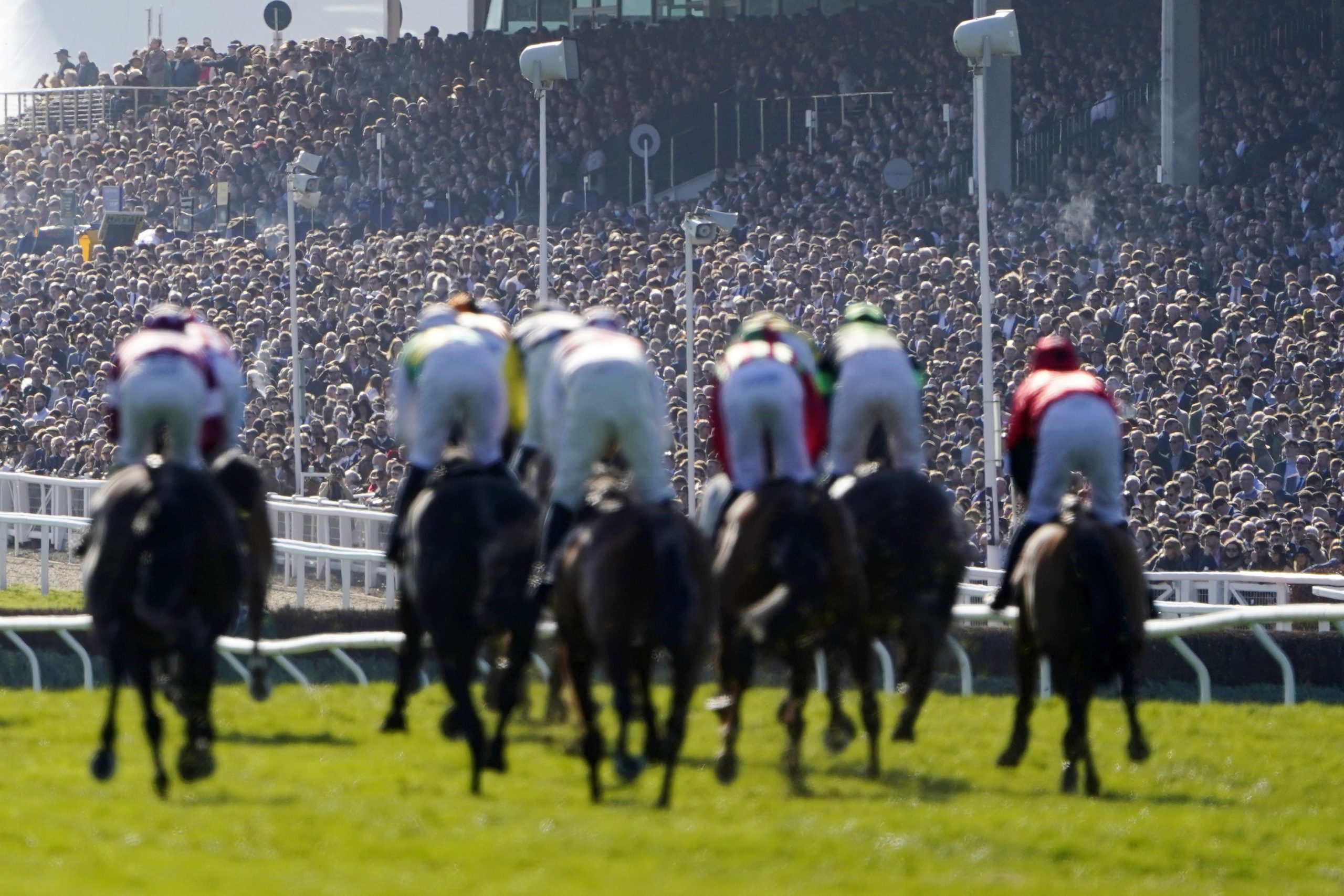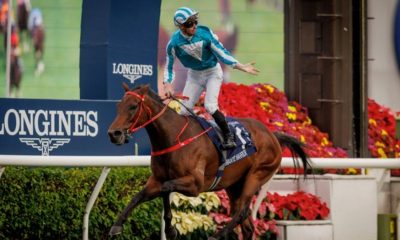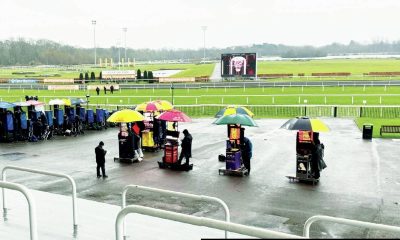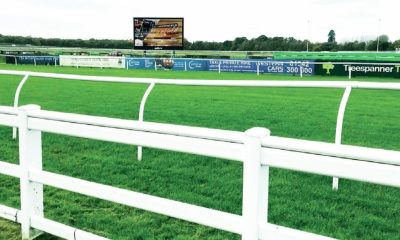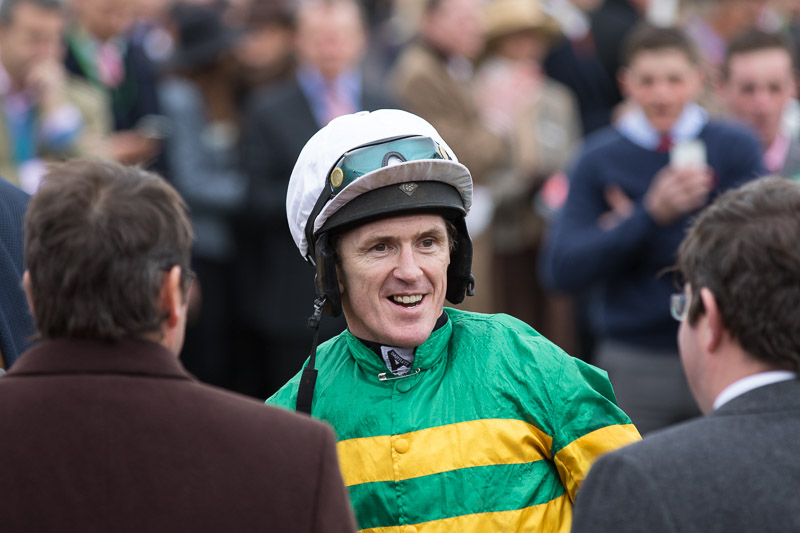
In the last few years, the use of technology in sport has become a topic of fierce debate. This is mainly due to the introduction of the Video Assistant Referee (VAR) in football. Many fans have been left infuriated as players have been adjudged to be in an offside position by a matter of millimeters, causing goals to be disallowed.
This attempt to make offside calls a black and white decision with no room for subjectivity has not been well received. In fact, many fans would rather go back to the days when on-field decisions were accepted, even if they later proved to be inaccurate.
The Importance of Accuracy in Horse Racing
In the case of football, the quest for precision has proved to be unpopular. However, in other situations, such as with goal-line technology, decisions based on fine margins are accepted without question.
When it comes to horse racing, for example, technology can be an essential tool for deciding the winner of a race. This is important for punters who invest a lot of time studying form and scouring the horse racing odds for the best value bets. Once a bettor commits to backing a horse, they do so with the confidence that the race result will be just, fair, and free of subjective decisions.
The Early Pioneers
With so many horse races decided by a neck or less, photo-finish technology can be crucial in deciding the winner or a true dead heat. In the days before technology was used, a judge located on the finishing line would determine the winner by closely observing the race. However, there were many concerns about the accuracy of these calls and early photography pioneers such as Englishman Eadweard Muybridge championed the idea that technology could produce more accurate results.
Muybridge made his name photographing animals in motion during the 1870s, so he was well-qualified to comment on the matter. By 1878, he had developed a photo-finish system which he claimed would eliminate many of the dead-heats that were being called at the time.
The First Photo Finish
The first photo finish was taken three years later by photographer Ernest Marks at a race in New Jersey in the United States. The technology continued to be used in the 20th century although the pictures were not always conclusive as the images were sometimes blurred, especially of the runners furthest from the camera.
Advanced Technology
As racetrack betting activities and expert horse racing tips became more popular in the 1930s, the demand for more accuracy increased. In 1937, the strip camera was developed by Lorenzo del Riccio, an engineer for Paramount Pictures. The camera solved many of the issues associated with earlier systems by using a vertical slit that focused solely on the finishing line and moved at the same speed as the horses.
In the pictures, the horses appeared almost stationary, and it was easier to see which one had crossed the line first. The system became the industry norm and, in most cases, results could be determined in under a minute as a makeshift darkroom was also located in the stands.
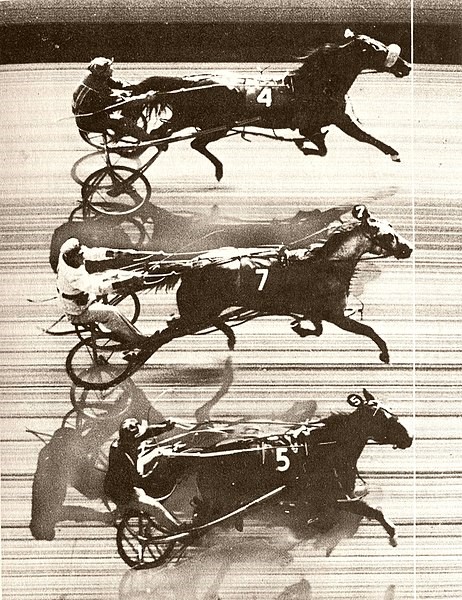
Unlike VAR in football, which has been blasted by fans, these photo-finish cameras reassured horse racing fans and punters that results were fair, and helped to boost the integrity of racetrack wagering. Photo finish systems based on Del Riccio’s original design were used right up until the modern era before being phased out by digital cameras. However, even with the most accurate technology available today, there are still occasions where the horses cannot be separated, and dead heats are declared.

